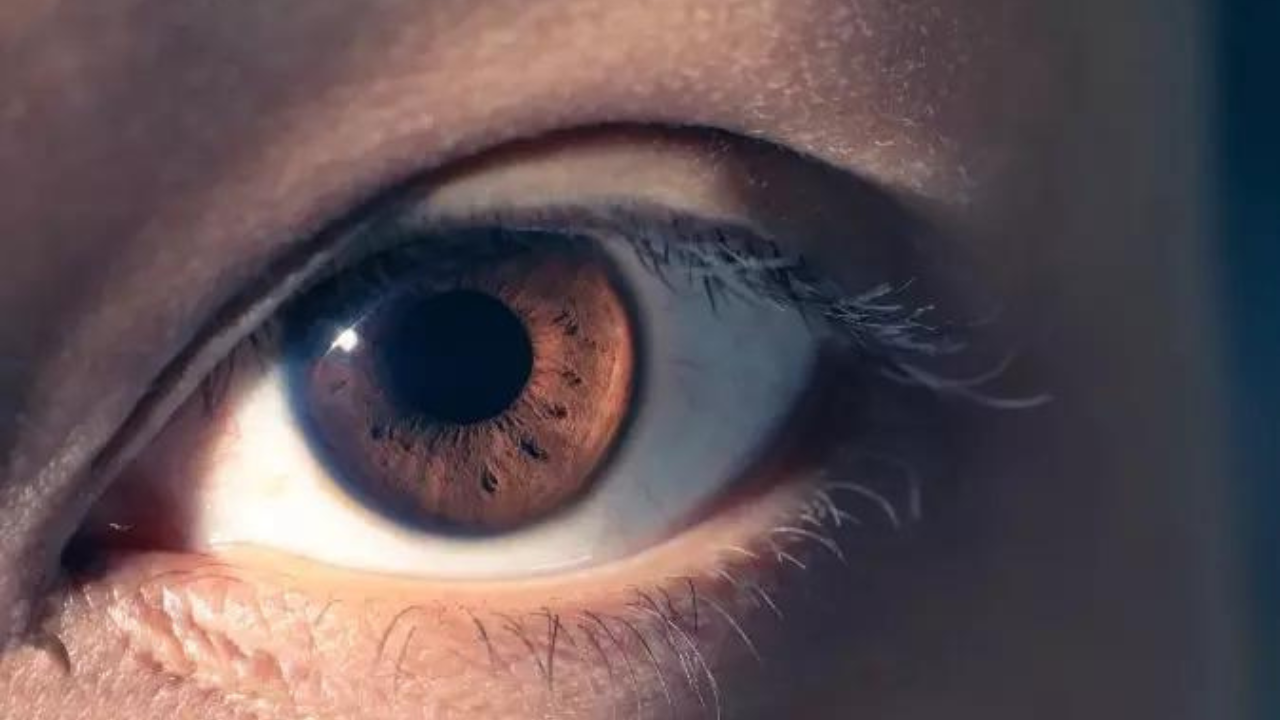A team of researchers led by an Indian-American surgeon has mapped almost 6,000 proteins from different cell types within the eye by analysing tiny drops of eye fluid that are routinely removed during surgery.
The researchers used an AI model to create a “proteomic clock” from this data that can predict a healthy person’s age based on their protein profile.
The clock revealed that diseases such as diabetic retinopathy and uveitis cause accelerated aging within specific cell types.
Surprisingly, the team also detected proteins associated with Parkinson’s disease within eye fluid, which they say could offer a pathway to earlier Parkinson’s diagnosis, according to the study published in the journal Cell.
“What’s amazing about the eye is we can look inside and see diseases happening in real time,” said Vinit Mahajan, a surgeon and professor of ophthalmology at Stanford University.
“Our primary focus was to connect those anatomical changes to what’s happening at the molecular level inside the eyes of our patients,” he added.
To map protein production by different types of cells within the eye, Mahajan’s team used a high-resolution method to characterise proteins in 120 liquid biopsies taken from the aqueous or vitreous humour of patients undergoing eye surgery.
Altogether, they identified 5,953 proteins — ten times the number of proteins previously characterised in similar studies.
Using a software tool they created called TEMPO, the researchers were able to trace each protein back to specific cell types.
The model was able to accurately predict the age of healthy eyes but showed that diseases were associated with significant molecular aging.
For diabetic retinopathy, the degree of aging increased with disease progression and this aging was accelerated by as much as 30 years for individuals with severe (proliferative) diabetic retinopathy.
The researchers also detected several proteins that are associated with Parkinson’s disease.
The results suggest that aging may be organ – or even cell-specific, which could yield advances in precision medicine and clinical trial design.
“These findings demonstrate that our organs are aging at different rates,” said ophthalmologist Julian Wolf of Stanford University.
“The use of targeted anti-aging drugs could be the next step in preventative, precision medicine.”
“I think reclassifying patients based on their molecular patterns and which cells are being affected can really improve clinical trials, drug selection, and drug outcomes,” said Mahajan.
The researchers used an AI model to create a “proteomic clock” from this data that can predict a healthy person’s age based on their protein profile.
The clock revealed that diseases such as diabetic retinopathy and uveitis cause accelerated aging within specific cell types.
Surprisingly, the team also detected proteins associated with Parkinson’s disease within eye fluid, which they say could offer a pathway to earlier Parkinson’s diagnosis, according to the study published in the journal Cell.
“What’s amazing about the eye is we can look inside and see diseases happening in real time,” said Vinit Mahajan, a surgeon and professor of ophthalmology at Stanford University.
“Our primary focus was to connect those anatomical changes to what’s happening at the molecular level inside the eyes of our patients,” he added.
To map protein production by different types of cells within the eye, Mahajan’s team used a high-resolution method to characterise proteins in 120 liquid biopsies taken from the aqueous or vitreous humour of patients undergoing eye surgery.
Altogether, they identified 5,953 proteins — ten times the number of proteins previously characterised in similar studies.
Using a software tool they created called TEMPO, the researchers were able to trace each protein back to specific cell types.
The model was able to accurately predict the age of healthy eyes but showed that diseases were associated with significant molecular aging.
For diabetic retinopathy, the degree of aging increased with disease progression and this aging was accelerated by as much as 30 years for individuals with severe (proliferative) diabetic retinopathy.
The researchers also detected several proteins that are associated with Parkinson’s disease.
The results suggest that aging may be organ – or even cell-specific, which could yield advances in precision medicine and clinical trial design.
“These findings demonstrate that our organs are aging at different rates,” said ophthalmologist Julian Wolf of Stanford University.
“The use of targeted anti-aging drugs could be the next step in preventative, precision medicine.”
“I think reclassifying patients based on their molecular patterns and which cells are being affected can really improve clinical trials, drug selection, and drug outcomes,” said Mahajan.
Denial of responsibility! Todays Chronic is an automatic aggregator of the all world’s media. In each content, the hyperlink to the primary source is specified. All trademarks belong to their rightful owners, all materials to their authors. If you are the owner of the content and do not want us to publish your materials, please contact us by email – todayschronic.com. The content will be deleted within 24 hours.


